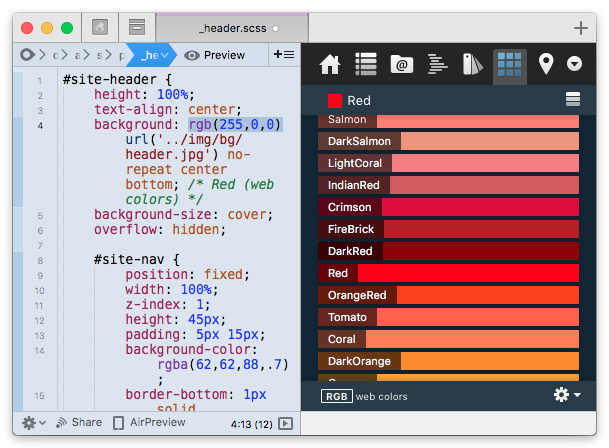

Data is a list of the vectors you specified in Exercise 1. file holds the Bugs model input (excluding data and inits parts). Finally, we compute a typical y value based on the regression coefficients, using mean values for the observed x1 and x2.Įxercise 3a. Below that we use a formula to retrieve the total variance of y (sy2) and use that to compute a “Bayesian R2”. First, the residual variance of y (s2), and the square root of this variance, the standard deviation (s). The priors used here are relatively uninformative, with normal distributions for the intercept (beta0) and regression coefficients (beta1 and beta2), and a gamma distribution for the precision.ģ. Underneath the likelihood we specify the priors to use for this model. Precision is the inverse of the variance.Ģ. OpenBugs works with precision instead of variance. Y is a normally distributed variable with mu (specified in the code) as the mean and tau as the precision. First, we specify the model, and start with the likelihood (a for-loop). Of course, we want the results of both chains to resemble each other.ġ.

To assess this, two independent chains of MCMC sampling can be requested, where the second chain uses different (and automatically created) initial values than specified.

Thus, our results will only depend on the second half of MCMC samples and will be more trustful than otherwise.įurthermore, a possible but undesired scenario is that our result are overall dependent on the initial values that were the starting point for our MCMC iterations. Here, we define this Burn-in period to be half of the samples that are overall taken. Since in first phases of the sampling process, sampled parameters are sometimes still quite distant from the posterior distributions maxima, a certain amount of iterations is often deleted and not taken into account for the evaluation of the results. By specifying the number of iterations, you define how many samples should be taken from the posterior distribution overall. Iterations and Burn-in periodĪdditionally, you can define further aspects of the MCMC algorithm of repeated sampling. To get the sampling algorithm initialized in RJags, initial values for all model parameters (here tau, beta0, beta1 and beta2) need to be defined. Define initial values for the model parameters of interest.Īs you know, Bayesian inference consists of repeatedly sampling from a posterior distribution in order to get your parameter estimates and their variance.
Coda 2 tutorials code#
In order to make it RJags-friendly, split the data in vectors for each variable and create a vector that holds the length of the data (N) by executing the code below. In order to run your model using RJags, the data set cannot be used as usual. install.packages("rjags")Īfter defining the working directory where you have stored the regression.txt file, load the data into R's global environment.

Coda 2 tutorials download#
Download and load the packages ‘rjags’ and ‘coda’. R file (RegressionRjags.r) that’s included in the folder.


 0 kommentar(er)
0 kommentar(er)
